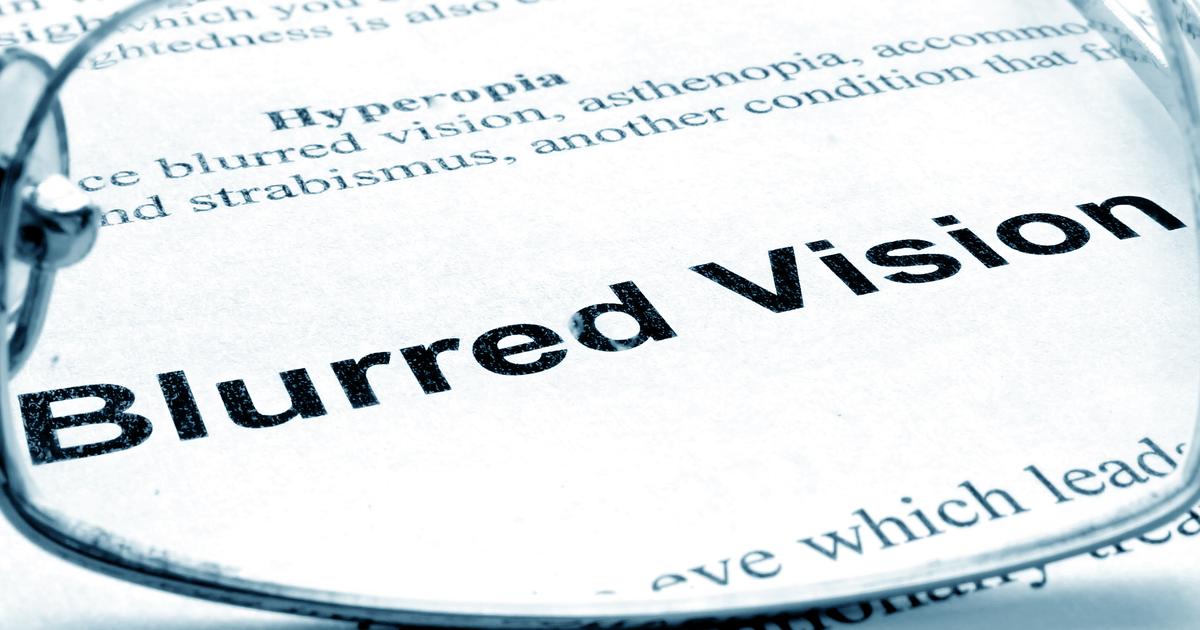Guide To The Side Effects Of Naproxen
Naproxen is a nonsteroidal anti-inflammatory medication commonly utilized to alleviate swelling, inflammation, joint pain, muscle aches, and stiffness. Naproxen may be used to treat other forms of mild to moderate pain in an affected individual, such as what occurs in bursitis, menstrual cramps, acute gout, ankylosing spondylitis, and tendonitis. This nonsteroidal anti-inflammatory drug works through a mechanism that involves decreasing certain hormones responsible for pain signals and inflammatory responses by the immune system. Naproxen comes in numerous different forms, including enteric-coated tablets, liquid suspension, extended-release tablets, liquid-filled capsules, and standard tablets. Naproxen has proven to be a successful medication for the treatment of muscle, joint, and other types of acute pain. However, it can produce adverse side effects in some individuals.
Get familiar with these side effects now.
Indigestion And Heartburn

Indigestion and heartburn tend to occur with the use of naproxen because this medication produces topical irritation to the epithelium or specialized linings of the esophagus, stomach, and intestines. Naproxen has also shown to cause an individual's mucosal barrier properties in the digestive tract to become impaired, leaving the underlying tissues more vulnerable to inflammation and damage. Gastric prostaglandin synthesis is a process that includes stimulation of bicarbonate and mucus secretions, inhibition of the secretion of acid, and adaptation of mucosal blood flow. Naproxen is known to stop the synthesis of prostaglandins in the digestive tract, removing a primary defensive mechanism the underlying tissues use for protection against dangerous agents. Naproxen also impairs the ability of the gastrointestinal tissues to repair themselves once the damage has been done. Indigestion and heartburn occur when damage occurs to the esophagus and stomach tissues due to the effects naproxen has on the defense mechanisms of these tissues.
Uncover more side effects of naproxen now.
Stomach Pain

Stomach pain typically occurs in individuals who take naproxen regularly for extended periods. Naproxen has corrosive effects on the mucosal layer of the digestive tissues in individuals who take it in this way. An individual may develop ulcers in the esophagus or stomach when the tissues underneath the stomach's mucosal layer become damaged, and they continue to take naproxen regularly. The tissues of the stomach and esophagus contain a significant number of sensory nerves throughout that send pain signals to the brain when they are cellular damage occurs. Stomach pain as a side effect of naproxen is more likely to occur in individuals who have had prior conditions that have caused damage to the tissues in their esophagus, stomach, and intestines. The stomach pain from naproxen has been described as a burning or piercing pain that worsens upon the consumption of certain types of food that stimulate the production of stomach acid.
Continue reading to reveal more naproxen side effects now.
Nausea And Vomiting

Nausea is not precisely a painful sensation but can be debilitating and very uncomfortable. Naproxen can cause nausea when it produces irritation in the tissues that line an individual's digestive tract. Mechanoreceptors and chemoreceptors send signals to the affected individual's brainstem when irritation is detected in the digestive lumen. The signals trigger several structures such as the dorsal motor vagus nucleus, central pattern generator, and solitary tract nucleus. These structures induce a chain of effects that accompany nausea in an affected individual, such as stopping the muscles of the lower digestive tract and increasing the production of saliva. Vomiting may occur following the feeling of nausea in an affected individual. Another circumstance where nausea and vomiting occur with naproxen use is when an ulcer has formed and has begun bleeding into the stomach.
Get more details on the side effects linked to naproxen now.
Chest Pain

Naproxen can cause an individual's blood pressure to become elevated, and elevated blood pressure causes the heart to work harder and faster than it would otherwise. Naproxen is known to decrease the quantity of prostaglandins in an individual's body, which can result in issues with the healthy function of their kidneys. Kidney function problems tend to cause the individual to retain more fluids in their body tissues, which further contributes to their elevated blood pressure and the heavy workload on their heart. Over an extended duration, the affected individual's heart muscle may fail to keep up with the demand of their body. When the heart has become weak and tired from the effects of regular naproxen use over an extended duration, it cannot adequately pump oxygenated blood to all of the body tissues. The brain senses low oxygen concentrations in tissues and signals the lungs to work harder along with the heart. The increased burden on the lungs and heart can manifest as chest pain.
Learn more about how the chest can be affected due to naproxen use now.
Chest Tightness

Patients may feel pain below the breastbone as well as tightness in the chest. Female patients who are sixty years old or older are more likely to experience this side effect, and it is particularly common in patients who take naproxen with acetaminophen. Generally, chest tightness begins within the first month of naproxen use, and individuals with back pain may be at an increased risk of experiencing chest tightness with this medication. Since chest tightness could be a symptom of several medical conditions, patients who notice this symptom should always be evaluated by a physician. They should let their doctor know they have been taking naproxen, and they should report any other symptoms. While chest tightness can sometimes occur due to anxiety, it may develop during a heart attack or another serious cardiac event. Therefore, patients who experience this symptom for the first time should call for emergency medical attention. Doctors will perform an electrocardiogram, and an echocardiogram and stress test may be necessary. If doctors determine naproxen contributed to the patient's chest tightness or heart issues, an alternate pain reliever will be prescribed.
Read about more possible side effects of naproxen now.
Bleeding And Ulcers

Bleeding and ulcers occur in individuals who take naproxen because the drug disables numerous mechanisms the digestive tissues need for protection against gastric juices, stomach acid, and other harmful agents. Naproxen has a corrosive effect on the mucus that covers the fragile tissues in the gastrointestinal tract. When a sore forms on the lining of the stomach or esophagus, it is called an ulcer. Ulcers that form due to regular long-term use of naproxen can be excruciating and may take several months to heal. Individuals who develop an ulcer because of their excessive use of naproxen and continue to take it can develop a perforation or hole through their stomach. Both ulcers and perforations in the stomach can cause bleeding into the organ, which may be vomited or excreted through the stool.
Continue reading to uncover more potential side effects of naproxen now.
Difficulty Breathing

Difficulty breathing could develop if naproxen is used for a long time. This side effect is more common in female patients over sixty years old, and taking prednisone with naproxen could increase the likelihood of breathing difficulties. Naproxen causes fluid retention, and it forces the heart to work harder. This could increase a patient's risk of having a heart attack or stroke, and the risk of a heart attack or stroke remains elevated in naproxen users without cardiac risk factors as well. Since shortness of breath could be a sign of a heart attack or stroke, patients with this symptom need to seek emergency medical attention immediately. They should tell emergency room staff how long they have been using naproxen. Doctors can diagnose shortness of breath simply by listening to the patient's lung sounds with a stethoscope. The patient's respiration rate will be measured regularly, and supplemental oxygen will be provided to ease the patient's breathing. Patients who notice breathing issues while on naproxen should discontinue their use of the medicine. Doctors may be able to recommend or prescribe a more effective pain reliever that does not cause this side effect.
Get more information on the side effects linked to naproxen now.
Bruising

Bruising is an indication of bleeding underneath the skin, and it could be a sign of serious internal bleeding. Older patients who take naproxen are more likely to experience this side effect. It can develop with short-term use of naproxen, and the risk of bruising and internal bleeding increases the longer the patient remains on naproxen. Bruising could be due to bleeding from a stomach ulcer or tears in the stomach or intestines. In particular, bruises around the flank or the belly button are strongly associated with internal bleeding, and these should be investigated in the emergency room. Patients who notice frequent bruises should speak to their doctor as well to determine the underlying cause for this. To evaluate bruising, doctors will examine the patient's skin, and blood tests may be necessary. If internal bleeding is suspected, the patient will need to have imaging studies such as CT or MRI scans to find the source of the bleeding. Patients who are at high risk for internal bleeding may be advised not to take naproxen, and an alternate medication could be recommended instead.
Discover additional side effects of naproxen now.
Bloating

Bloating is one of the less common side effects of naproxen. Patients dealing with bloating may notice a feeling of fullness or tightness in their abdomen, and visible swelling of the abdomen could develop. Eating may be uncomfortable, and the patient could feel nauseous or burp frequently. Vomiting, heartburn, and gastrointestinal issues such as constipation or diarrhea may occur as well. Patients who notice bloating should see their physician as soon as possible since this side effect does not occur frequently with naproxen. To evaluate bloating, the doctor will begin by asking the patient whether the bloating occurs all the time or just occasionally. They will want to know if anything makes the bloating better or worse and what other symptoms the patient has noticed. An abdominal examination will be performed. The doctor will use a stethoscope to listen for bowel sounds and tap lightly on the abdomen. Next, the doctor will gently press on several areas of the patient's abdomen to check for swelling, pain, or masses. While bloating is normally benign, it can be an early symptom of some cancers, so the healthcare provider may want to do an abdominal x-ray, CT scan, or MRI scan to check for any unseen causes of this issue. If the bloating is linked solely to naproxen, the doctor may recommend another medication that does not cause this side effect. The patient may be asked to have a follow-up appointment to check if the bloating has resolved.
Keep reading for more details on the side effects linked to naproxen now.
Blurry Vision

Blurry vision is a relatively uncommon side effect of naproxen. Patients with this symptom will normally notice vision changes in both eyes. Objects could appear hazy, and the patient might see halos of light when looking at street lights or lamps. Some patients have reported temporary vision loss with naproxen use. Since vision changes could be indicative of serious health issues, patients should see their healthcare provider and an eye doctor for examinations. The healthcare provider may want to check the patient for conditions like diabetes, and the eye doctor will perform a complete exam to check the patient's visual acuity, retinal health, and eye muscle health. Patients should let their healthcare providers know they have been taking naproxen, and they may need to attend follow-up appointments to monitor their vision. Most patients find their vision returns to normal once naproxen is discontinued.